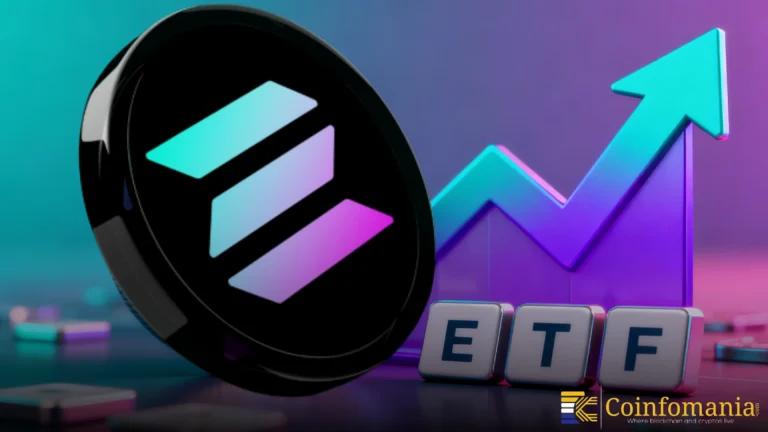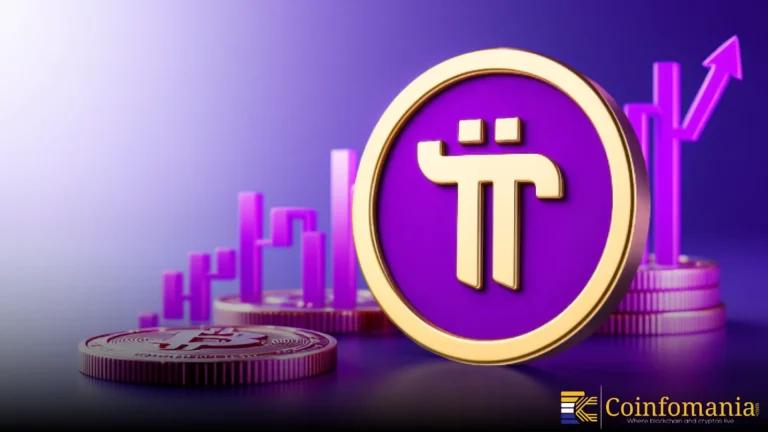Stripe Blockchain Payments Leap Ahead with New Tempo Network
Stripe blockchain payments advance with the new Tempo network, offering fast, low-cost solutions to reshape global money transfers.

Quick Take
Summary is AI generated, newsroom reviewed.
Stripe is developing a new Layer-1 blockchain called Tempo in partnership with Paradigm.
Tempo is built for fast, affordable, and reliable payment processing.
The project aims for large-scale adoption beyond just crypto users.
Tempo could challenge major payment networks and improve access in developing markets.
Stripe is taking a bold step into blockchain. The payments giant is building a new network called Tempo in partnership with crypto venture capital firm Paradigm. According to early reports, Tempo will be a high-speed, Ethereum-compatible Layer-1 blockchain designed for payments. The project was first revealed by Fortune after a now-removed job listing hinted at its existence.
A Secret Project with Big Goals
Tempo is still in stealth mode. Only a small team of five people is working on it so far. The leaked job ad said Stripe was looking for someone with experience working with Fortune 500 companies. This shows Stripe wants to reach a wide audience—not just the usual crypto crowd.
Even though Stripe hasn’t said anything publicly yet, those in the know believe the plan is simple: create a blockchain that makes payments quicker, cheaper, and more dependable than what’s out there now.
Building on Past Moves
This is not Stripe’s first step into crypto. In October 2024, the company bought Bridge, a stablecoin infrastructure provider, for $1.1 billion. In June 2025, it acquired Privy, a crypto wallet company.
With these two acquisitions, Stripe already controls key parts of the payments process — from creating stablecoins to storing them securely. Tempo could complete the picture by giving Stripe its own blockchain for settlement. This would reduce its reliance on public chains and improve control over performance.
Why Stripe Wants Its Own Blockchain
Payment companies face problems when relying on external networks. Congestion and high fees can slow transactions or make them costly. With its own chain, Stripe could set transaction rules, manage fees, and ensure smooth processing even during high demand.
Ethereum compatibility is another advantage. Developers can move their existing tools and smart contracts to Tempo without major changes. This could speed up adoption and attract a wider user base.
Perfect Timing for Regulation
The launch comes as U.S. regulation on stablecoins becomes clearer. In July 2025, the GENIUS Act was signed, setting national rules for stablecoin operations. Stripe’s CEO, Patrick Collison, has already told Congress that blockchain is ready for business use. The regulatory environment now makes projects like Tempo easier to launch.
What Tempo Could Mean for the Industry
If Tempo turns out as planned, Stripe could go head-to-head with big names like Visa and Mastercard, and even take on SWIFT for global money transfers. Its quick, low-cost, and easy-to-track system could be a huge help for people in developing countries, where affordable banking is still hard to find.
Looking to the Future
We still don’t know if Tempo will have its own token or be open to the public. Right now, Stripe seems focused on building a system that can process lots of payments smoothly while keeping fees steady and clear. If it works out, Tempo could totally change the way millions of people and businesses move their money.
Follow us on Google News
Get the latest crypto insights and updates.
Related Posts

XRP Community Spots “589” Signal in Times Square New Year’s Display
Triparna Baishnab
Author

Solana Tops All Major Blockchains in 2025 Revenue, Claims Industry Leadership
Triparna Baishnab
Author

Pi Network Academy Pushes Back Against GCV Narratives, Urges Pioneers to Trust Official Sources
Triparna Baishnab
Author